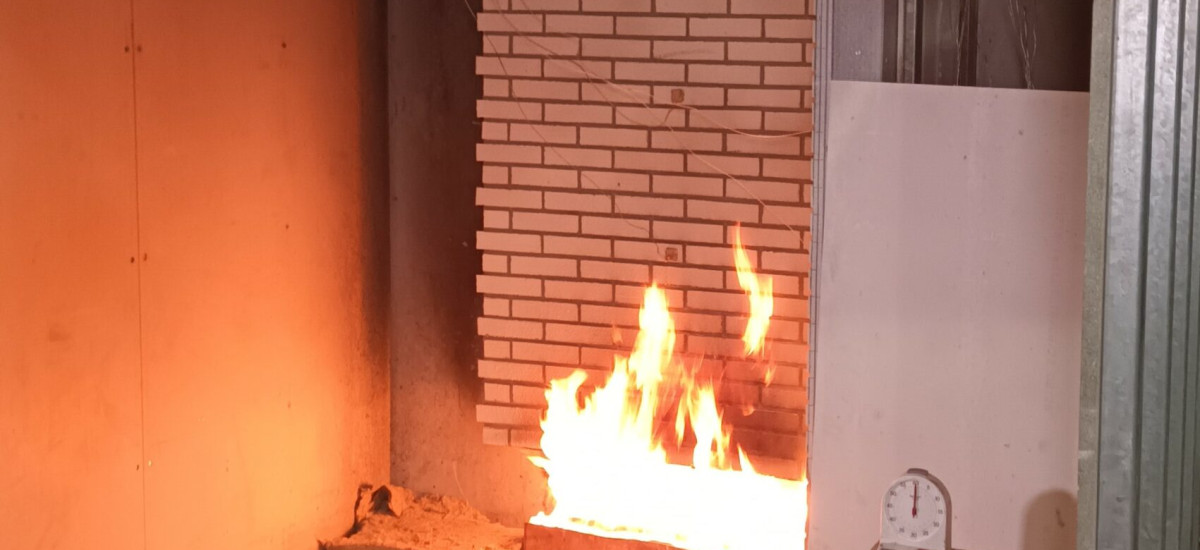21/11/2022
Within the next few years, demand for new construction products and building elements is expected to increase, amongst other things due to the growing need to cut heating and cooling expenses and to improve energy efficiency.
The “Façade Market Size, Share & Trends Analysis Report 2021-2028” from Research and Markets projected that in 2021 and it has evidently become an even more pressing issue over the past year. But this must not be the absolute priority, especially since the Grenfell Tower fire disaster in 2017. This dramatic event moved a lot of lines regarding fire safety requirements, both on the government side (legislation, some of it still to be drafted) and on the manufacturers’ side.
An example of these forthcoming new regulations is a standardised European facade test, possibly based on the British BS 8414-1 (frame) and the LEPIR (opening). However, due to the slow pace of standardisation and legislative drafting, a Dutch facade test will be published alongside the SBI in the meantime. This will be a basis to work with until the European facade test is established and implemented in national regulations. One such façade test is the EN 13785-1 intermediate scale test, which “covers a simple representation of one fire scenario with façade products, typified by a fire within a building venting through a window and impinging directly on to a facade.”
One of the tests performed recently at the Dutch Efectis fire laboratory was on a façade system with stone strips. These stone strips were applied on a board, creating an air gap in front of a mineral wool insulation layer enclosed in a particular cement board construction. Temperatures in the air gap as well as in and behind the insulation layer of the construction were measured to give us a view of the development of the fire in the investigated system during the test.
The heat release rate (HRR, [kW]) was also measured during the test. Ignoring the contribution of the burner (calibrated to 100 kW, as described in the test standard), the results showed that the tested system was burning at no more than a few kilowatts. During the test we were able to observe through our monitoring system that, thanks to the multiple thermocouples installed, the temperature increase in the insulation layer remained below 100 degrees C over the entire height of the façade. Destructive inspection of the specimen after the test confirmed that the insulation layer had not burned.
The most important criteria described in this “Pass or Fail” test is the flame spread in the height of the specimen. This is registered by measuring heat flux on top of the sample as required in ISO 13785‐1. A measurement of the places in which heat fluxes are greater than 60 kW/m² can be made in instances where the flames reach the top of the specimen (see this article published by Efectis in Fire and Materials). No significant heat flux was measured during this test.
In short, this example shows a façade system that can successfully pass the intermediate scale test.
This is just one example of how Efectis invests in new testing possibilities in order to follow the needs of the market, the regulators and the manufacturers.
If you are interested in testing according to ISO 13785-1, please contact Gerard van der Lee

